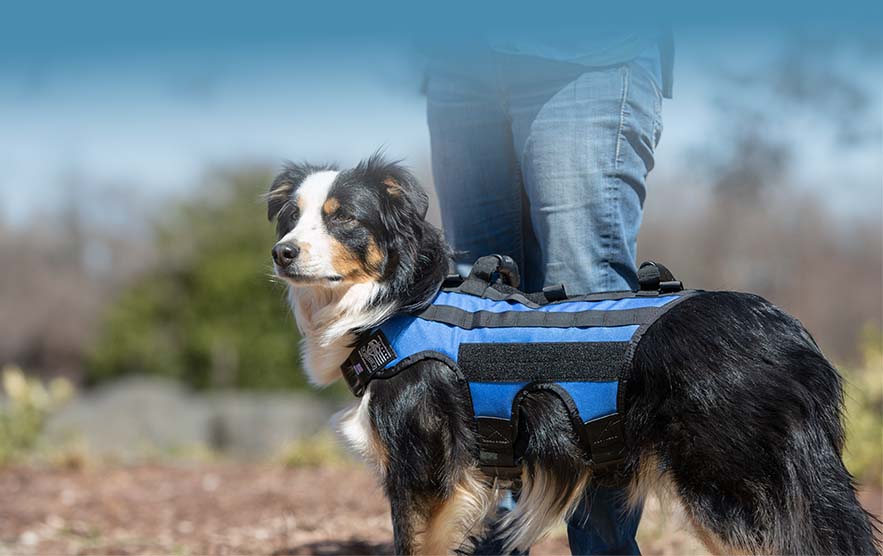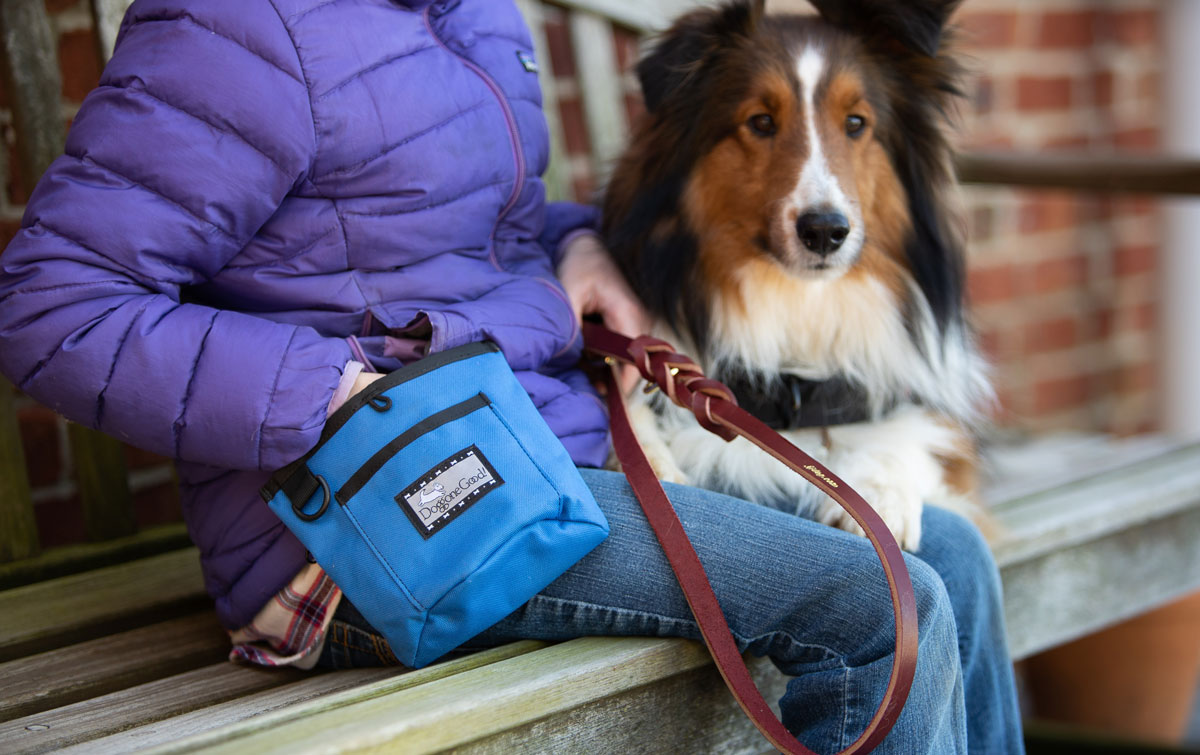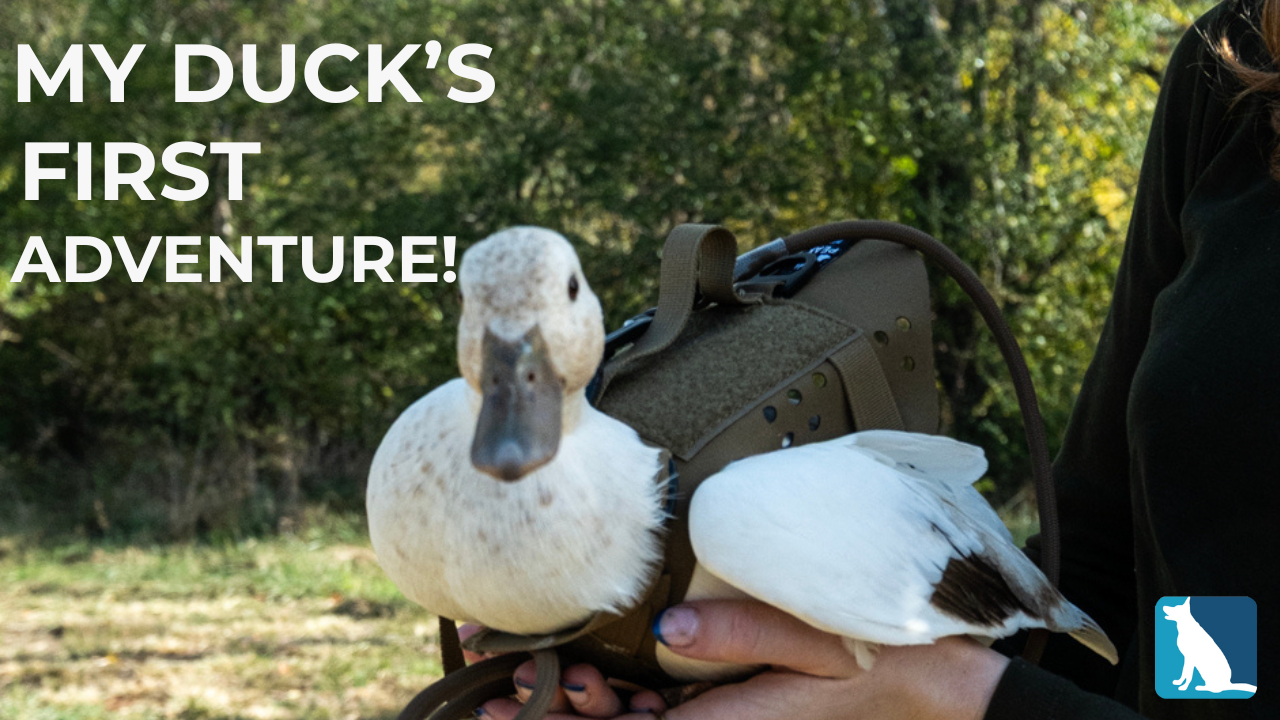Why Every Owner Needs a Harness for Dogs
Oct 18th 2024

Walking your dog can be one of the most enjoyable activities for both owner and pet, and the right gear can make all the difference. While traditional collars are popular, a harness for dogs will offer a wealth of benefits for the pup and their owners alike. In this guide, we’ll explore why every dog should wear a harness, from providing better control during walks to reducing injury risk. We’ll also cover the different types of harnesses, tips on choosing the right one, and debunk common myths about them. Whether you’re an experienced dog owner or new to pet training, this article will help you make an informed choice for your canine companion.
The Basics of Dog Harnesses
What is a Dog Harness?
A dog harness is a set of straps that loop around your dog’s torso and neck. Unlike a collar that focuses on a single point of contact, a harness spreads out the pressure across a larger surface area, which can provide more control and comfort for both dog and handler.
How a Harnesses Differ from Dog Collars
While dog collars are essential for holding identification tags, harnesses can prevent strain on a dog's neck, especially for pullers or dogs with respiratory issues. Harnesses are especially beneficial for brachycephalic (short-nosed) breeds like Bulldogs or Pugs, where pressure on the throat can lead to breathing difficulties.
Benefits of Using a Harness for Dogs
Whether they are competitors or simply family pets, there are many benefits of using a harness for dogs.
Increased Control During Walks
Harnesses allow for better control over your dog, particularly if they tend to pull on the leash. A harness secures the dog at multiple points, distributing pressure evenly, which reduces the risk of neck injuries. Some no-pull harnesses also have front-clip attachments that help guide the dog back towards you if they start pulling.
Reduced Risk of Injury
A harness significantly reduces the chance of injury to a dog’s neck and spine. This is crucial for dogs prone to pulling or those with delicate tracheas. Unlike collars, which can put pressure on the windpipe, harnesses distribute the force across the chest and back.
Improved Comfort for Dogs
Harnesses are generally more comfortable for dogs than collars, especially during longer walks. Many models feature padded chest and back straps to reduce chafing and prevent irritation. This makes them ideal for dogs with sensitive skin or those prone to hot spots.
Better for Training and Behavior Management
If you’re training a dog or working on leash etiquette, a harness can be an invaluable tool. It gives you more control and can be especially effective in curbing pulling behaviors. Front-clip harnesses are particularly good for helping dogs learn to walk calmly beside their owners.
Types of Dog Harnesses
Stylish and Functional Options
Harnesses aren’t just functional because they can also be fashionable! Many brands offer stylish designs that pair well with matching collars, dog leashes, and even muzzles for a complete look.
A Harness for Dogs That Pull
If you want a harness for dogs that pull, look into a “no-pull harness” These are designed with a front-clip attachment that redirects a dog’s motion back towards the handler, discouraging pulling. These harnesses are ideal for active or large dogs that require extra control during walks.
Escape-Proof Harness for Dogs That Slip Out
Some dogs are escape artists who manage to ditch traditional collars or loose-fitting harnesses. In these cases, try an “escape-proof” harness for dogs that slip out feature extra buckles and snug fits that make it nearly impossible for a dog to back out.
Harness for Older Dogs or Dogs with Special Needs
Specialized harnesses exist for senior dogs or dogs with mobility issues. These harnesses provide extra support with handles or padded sections, making it easier to assist your dog up stairs or into the car.
Choosing the Right Harness for Your Dog
Measuring Your Dog for the Perfect Fit
To ensure the harness fits correctly, you’ll need to measure two key areas: the neck (where it meets the shoulders) and the chest (the widest part of the dog’s torso). Proper fit is essential to prevent escape attempts and ensure comfort.
Key Features to Look For
When choosing a harness, consider features like padded straps, reflective materials for night walks, and adjustable buckles. A handle on the back can be a useful addition for helping dogs navigate difficult terrain.
Avoiding Common Fit and Safety Issues
An ill-fitting harness can cause chafing or even allow the dog to slip out. Always make sure the harness is snug but not too tight. You should be able to fit two fingers between the harness and your dog’s skin.
How to Properly Use and Maintain a Harness
Fitting the Harness Correctly
To ensure your dog’s harness is fitted properly, follow these steps:
- Place the harness on your dog’s back.
- Buckle the straps around their chest and neck.
- Adjust the straps for a snug but comfortable fit.
Maintenance and Care Tips
Harnesses should be cleaned regularly to prevent odors and bacteria buildup. Most harnesses can be hand-washed with mild soap, though some are machine washable.
Common Myths About Dog Harnesses
Don’t believe everything you hear.
Myth 1: Harnesses Encourage Pulling
Many people believe that harnesses encourage dogs to pull harder, but this is a myth. In fact, harnesses with front-clip attachments are designed to reduce pulling by redirecting the dog’s motion.
Myth 2: Harnesses Are Only for Small Dogs
Harnesses come in a variety of sizes and can be used for dogs of all shapes and sizes. Large breeds, in particular, benefit from harnesses that provide more control during walks.
Myth 3: Harnesses Are Difficult to Use
Modern harnesses are designed to be easy to put on and take off, often featuring quick-release buckles and adjustable straps.
Dog Harnesses Are A Win-Win
A harness for dogs is a versatile and essential tool for pet owners, offering improved control, comfort, and safety during walks. Whether you have a strong puller, an older dog, or a dog prone to slipping out of collars, there’s a harness out there to meet your needs. Be sure to choose the right type and fit for your dog, and enjoy more enjoyable walks with your furry friend.





